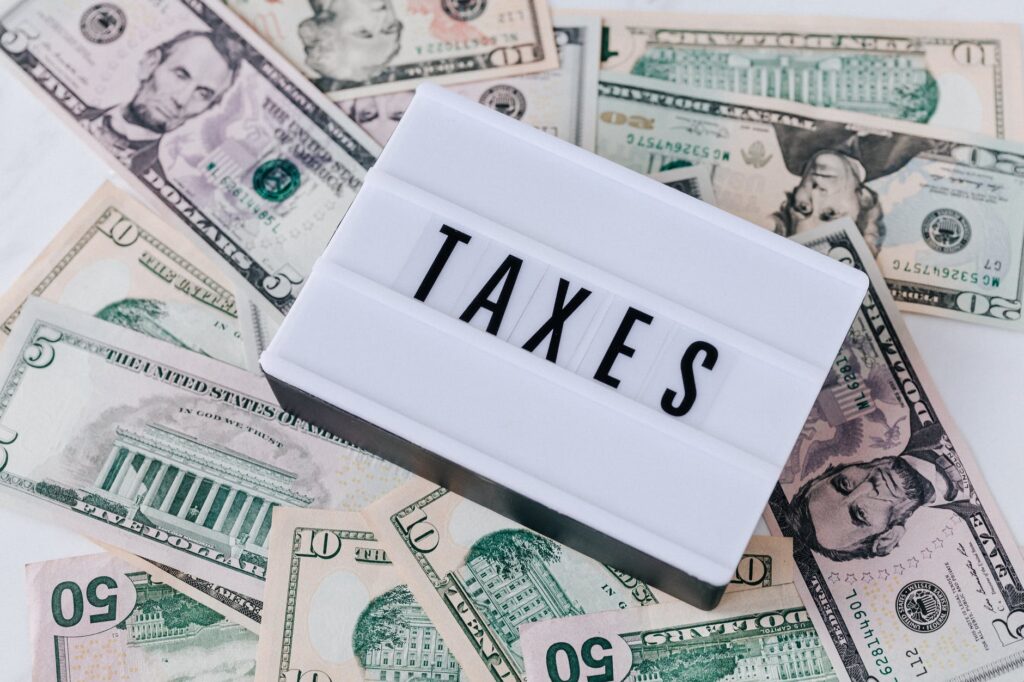Whether you’re getting ready to go to college or just graduating, student loans can be confusing. Most people don’t have enough savings to pay college tuition right away, so what are your options? Besides federal aid, there are other things you can do to help cover the cost of college.
Repaying Student Loans After College

Once you graduate college and find a paying job, you’ll be responsible for repaying your student loans. The exact terms of repayment will vary depending on the terms of your loan and the lender. In some cases, you may be able to stall the paying of your loans by filing paperwork. If you aren’t making enough to cover the monthly payments, you might be able to adjust what you’re expected to pay on a monthly basis. Financial hardship paperwork will demonstrate that your loans are too big an expense.
If you don’t qualify for financial relief, you aren’t out of options yet. You might also have the chance to refinance your student loans with a private lender. This lets you pay off the existing loan and take out a new loan that has different payment terms. In some cases, this gives you extra time to make the money you need. You can go to this site to find out whether you qualify to refinance your student loans. In addition, you can use the calculator to find out how much you’d be liable for monthly with a new repayment plan.
Applying for Loans Before School

When you first start applying for loans, you will probably gravitate toward federal ones. These types of loans have multiple advantages for students who are just starting college, especially if you’re young. About two out of every three college students are in some debt after leaving school. The first step to applying for financial aid is to fill out the FAFSA. Most students do this. Even if you don’t think you’ll qualify, this free application helps put you on the map with regards to aid. You’ll get access to work study programs, scholarship opportunities, and potential grants.
Federal and private loans are the two types of loans. Private loans are usually taken out to cover whatever federal loans don’t. The federal option is often favored by students because there’s no need for a credit history, which most young high school graduates don’t have. A lack of credit history might not be as big an issue once you’ve graduated college. Federal loans come in two types as well. There are subsidized and unsubsidized options. If you get a subsidized loan, you won’t have to pay any interest for the time you’re in school. This is offered to students who need financial aid. With an unsubsidized loan, you will need to pay some interest.
How Much to Borrow

The amount you need to borrow will vary depending on your circumstances. If you’re going to an expensive university, you might need more money than federal loans will cover. Make sure you’re not taking out more in loans than you’ll be able to pay back over time. Federal aid works differently for independent and dependent students. Independent students are those who live on their own and pay for their own living expenses. Dependent students are those who still live with their parents and rely on their parents’ income to make ends meet.
For independent students, there’s a maximum of $12,500 dollars annually and a total of $57,500 dollars for federal loans. For dependent students, those numbers lower to $31,000 dollars in total and $7,500 dollars per year. If you borrow privately, your loans will cost as much as attending the school does. That includes not just tuition, but also fees, room and board, personal expenses, transportation, and textbooks. This amount should cover everything remaining that federal loans do not.
You’re probably going to school so that you can chase a certain career. Make sure you look up the financial information about this career. How much does the average person make? How much can you be expected to make after college? How competitive is the field? You want your loan payments to be less than 10 percent of your likely income. If you’re making $2,000 dollars per month after college, your monthly student loan payments should be under $200 dollars to be financially feasible.
Loan Fees

Once you borrow, whether you’re borrowing from a private or federal lender, you can expect to pay fees on the loan. You’ll also need to pay interest. Even if the loan is subsidized, you’ll start accruing interest when the repayment period begins. Federal loans have a loan fee rate of less than 2 percent when you’re an undergraduate. Once you start repaying them, you’ll pay interest.
There is a fixed interest rate for federal loans, but it changes every year. Since the interest rate is fixed, you don’t need to worry that it will change. If you borrow privately before college, your interest rate will be determined by the credit of your co-signer. If you refinance your loans after college, your own credit will determine your interest rate. This can sometimes get you a better interest rate than you had with your original student loans.
Student Loans Come with Restrictions

There are some restrictions on how you can use student loan money. In addition, after you agree to the loan, it will generally be handled by the financial aid office of your school. That goes for both private and federal loans. Once the money is sent to the financial aid office, it will be placed in your account. The leftover money will be refunded so you can use it for additional expenses.
When you take out student loans, you can only use that money to pay for expenses related to your education. The money can’t be used to go to fancy restaurants, purchase entertainment, or go on vacation. However, it can be used for transit, groceries, personal supplies, and housing both on and off campus. Basically, anything related to your college life can be paid for by the money.















